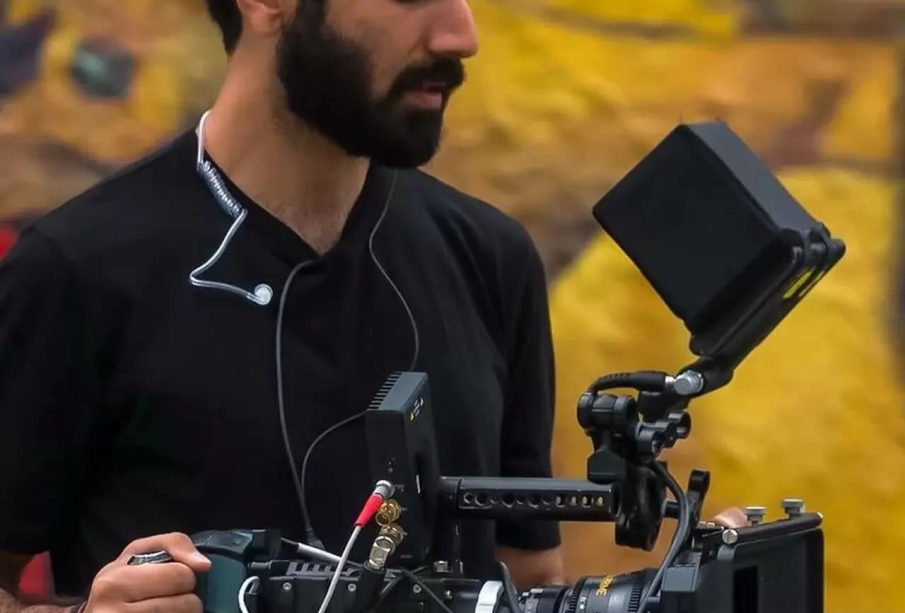Cinematographer Pratik Shah: A Visionary in Indian Cinema

Introduction
Cinematographer Pratik Shah has emerged as one of the most influential figures in the Indian film industry in recent years. With his distinctive style and innovative techniques, he has played a crucial role in shaping the visual narratives of several acclaimed films. As the film industry continues to evolve, the work of cinematographers like Shah is becoming increasingly important, emphasizing the need for quality visuals that enhance storytelling.
Career Highlights
Pratik Shah began his journey in the film industry with a focus on enhancing visual storytelling through innovative cinematography. He gained widespread recognition for his work in films such as “Jersey” (2021), where he masterfully captured the emotional depth of the story through dynamic camera movements and expressive lighting. His collaboration with director Gowtam Tinnanuri has been particularly noted for its aesthetic excellence, bringing a fresh perspective to familiar narratives.
Another notable project featuring Shah’s cinematography is the critically acclaimed film “Shershaah” (2021), where he artfully documented the life of Captain Vikram Batra. His ability to blend action sequences with poignant moments allowed for a more immersive experience for the audience. Shah’s works are not just visually striking; they also evoke strong emotional responses, a testament to his understanding of the interplay between visuals and narrative.
Technical Innovations
Shah is known for employing cutting-edge technology and techniques to enhance his cinematography. He frequently utilizes drones for aerial shots to give a larger-than-life feel to the films he works on. His expertise in lighting design and color grading has also allowed him to create unique atmospheres that align with the themes of the films. With a growing interest in virtual reality and 360-degree filmmaking, Shah is poised to be at the forefront of digital innovation in cinema.
Industry Impact
The impact of Pratik Shah’s work extends beyond his individual projects. As a prominent figure in the industry, he has been influential in training and mentoring emerging talents in cinematography. His workshops and seminars have helped budding cinematographers refine their skills and find their own unique voices in visual storytelling. Furthermore, Shah’s advocacy for more artistic freedom in the industry encourages a shift towards more creative interpretations of traditional storytelling.
Conclusion
As the Indian film industry continues to embrace new technologies and storytelling methods, cinematographer Pratik Shah remains a critical figure in its evolution. His innovative approach and commitment to quality visuals not only enhance individual films but also inspire the next generation of filmmakers and cinematographers. Moving forward, audiences can anticipate even more groundbreaking contributions from Shah, especially as he explores new mediums and narratives in cinema.









